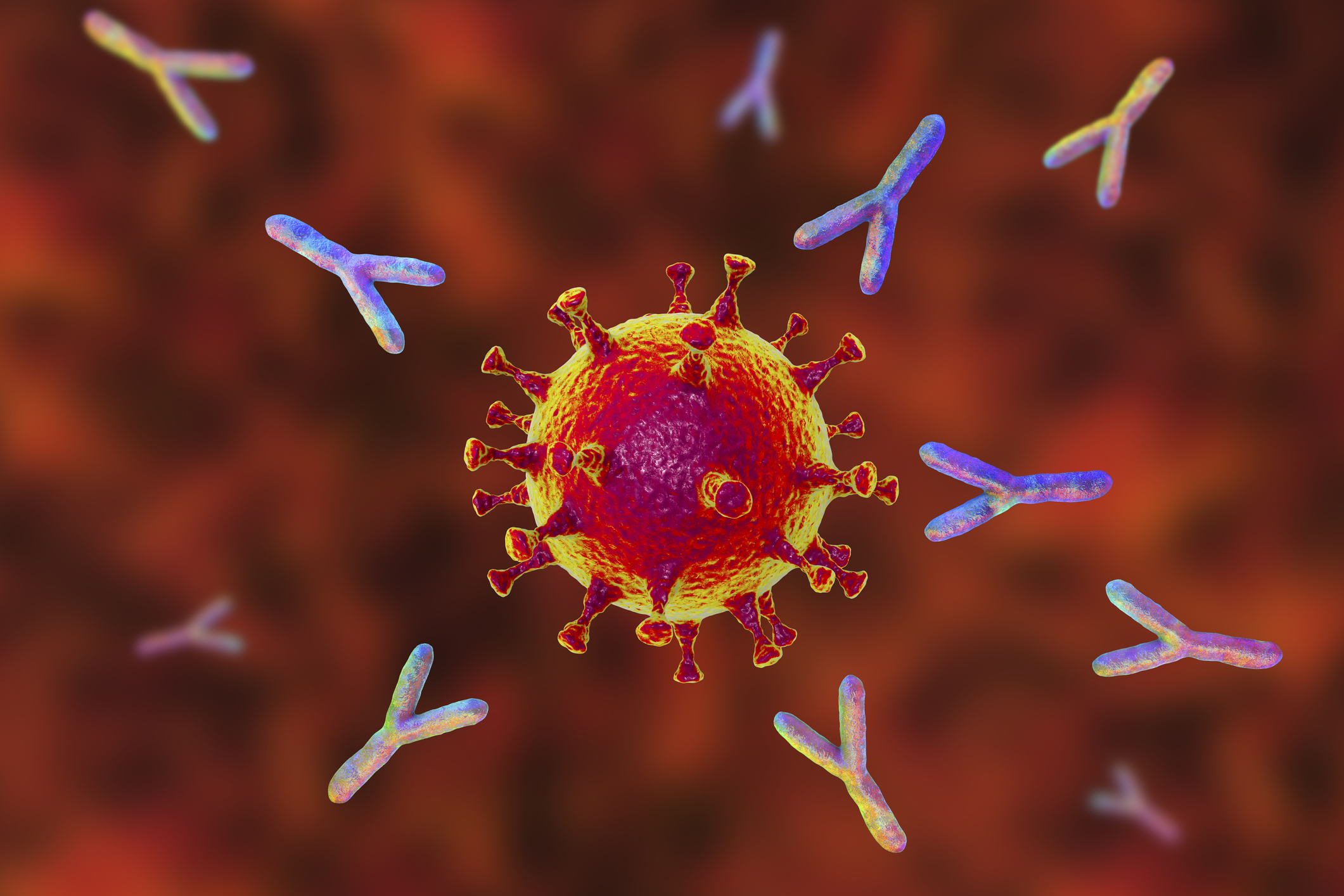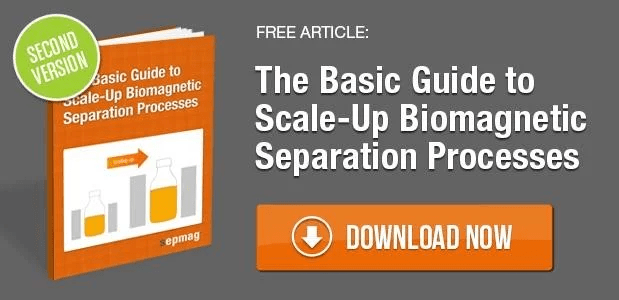Why do we need immunoassays kits?
There are many types of Immunoassay kits that are used in laboratories, clinical settings, and in industry. A typical laboratory bench-top kit is the ELISA kit, which stands for enzyme-linked immunosorbent assay. In a core facility or clinical setting you will find larger instrumententation for assays such as the latex turbidity immunoassay (LTIA) or chemiluminescent immunoassays (CLIA).
These assays can also be run in laboratory settings with benchtop instruments. At the point of care level, lateral flow immunoassays are often used. Immunoassay kits use immunological proteins, antibodies, to detect molecules of interest. These molecules of interest can be various antigens from bacteria or viruses, as well as hormones or antibodies. Antigens are molecules which the body produces an immune response against.
For example, immunoassays are available to test for Hepatitis C virus. Our understanding of this virus, which led to the ability to develop these tests, won the nobel prize this year for physiology or medicine. During the recent coronavirus pandemic, it has been important to many companies to develop immunoassay kits for SARS-CoV-2. As the virus continues to spread throughout the world, scientists and policy-makers want to understand who has been exposed to the virus, which can be seen through immunoassays which test for SARS-CoV-2 antibodies in the blood.
Conventional immunoassay kit components
Conventional immunoassay kits include your plates or tubes, antibodies, and buffers. You will also need to have the proper plate reader available for either fluorescent, chemiluminescent, or colorimetric readout. Plates are popular because they make the process more high-throughput, but limit the volume that can be worked with. The plates for immunoassay kits come in either 96 or 384 well plates, their material and colors vary depending on which readout you plan on utilizing.
The antibodies will be chosen depending on whether you will do a direct, indirect or sandwich elisa. You can read about these techniques in either "Sandwich Elisa" or "Direct Elisa and Indirect Elisa". There will be several different types of buffers to aid in each step of the process. To ensure that your antibody or antigen optimally binds to the surface of the ELISA plate, you will use a coating buffer. A blocking buffer will be used to prevent non-specific interactions from occurring on the plate surface. Washing buffers will be used several times to eliminate material from solution that is not part of your interaction of interest. Lastly, you may also use a detection buffer which would provide catalysts for your readout method.
Each of these buffers need to be optimized for time, temperature, and pH for the antigen-antibody interaction you wish to detect. These various buffer steps make ELISA time consuming and add room for error to potentially lose material along the way. There are techniques that aim to speed up the process and make a more efficient immunoassay, such as the magnetic immunoassay.
Magnetic Immunoassays
Compared to conventional immunoassay kits, immunoassays using magnetic beads require a more simple and efficient procedure for more sensitive assay results. The protocol is similar to the immunoassay mentioned above but for each buffer step the molecules of interest are held to a plate or tube by a magnet. The advantage comes from the higher surface area of the magnetic bead, which allows for more efficient binding of antibodies to antigen.
Also, the efficiency of the modern magnetic separator to immobilize the beads keeps your sample safe during wash steps, expediting that process. Additionally the readout from the separation process is automated. The advantages of the magnetic immunoassay have made it an attractive technique to use for SARS-CoV-2 immunoassays.
Using magnets and magnetic beads for immunoassays make them more reliable, which makes them scalable, also reducing their price. Many magnetic separators can successfully separate in milliliter volumes, but SEPMAG modern magnetic separation technology brings that capacity up to liters per separation. This saves tremendous time and energy. To learn more about this scaling potential, please refer to the eBook "The basic guide to scale-up biomagnetic separation processes".





